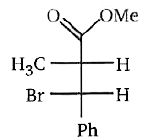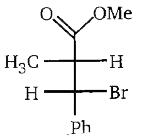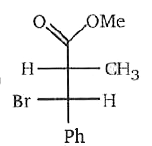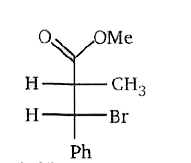Recommended Questions
- Assertion: Benzyl bromide when kept in acetone water produces benzyl a...
02:46
|
Playing Now - Assertion: Benzyl bromide when kept in acetone water produces benzyl a...
02:12
|
Play - Assertion:-Benzyl bromide when kept in acetone water produces benzyl a...
02:04
|
Play - (A) Benzyl bromide when kept in acetone water it produces benzyl alcoh...
05:21
|
Play - Assertion: Benzyl bromide when kept in acetone water produces benzyl a...
02:12
|
Play - Assertion: Benzyl bromide when kept in acetone water produces benzyl a...
02:12
|
Play - Do the following conversions: (i) Methyl bromide to acetone (ii) Ben...
Text Solution
|
Play - Assertion: Benzyl bromide when kept in acetone-water, it produces benz...
Text Solution
|
Play - A : Benzyl bromide when kept in acetone water it produces benzyl alcoh...
03:01
|
Play







